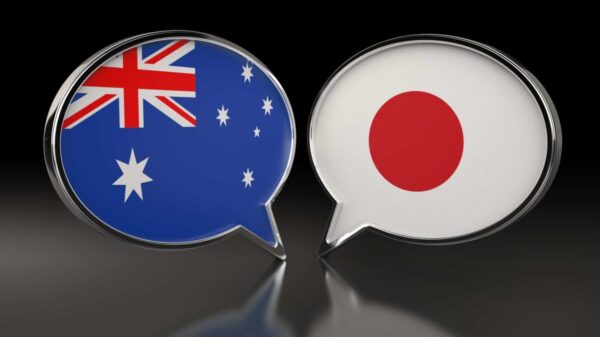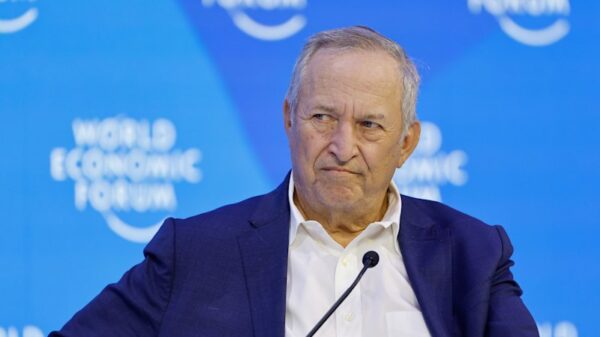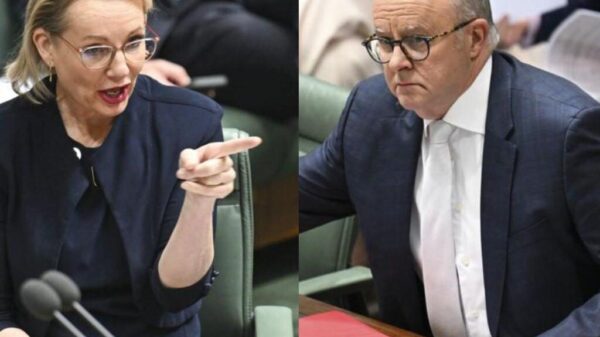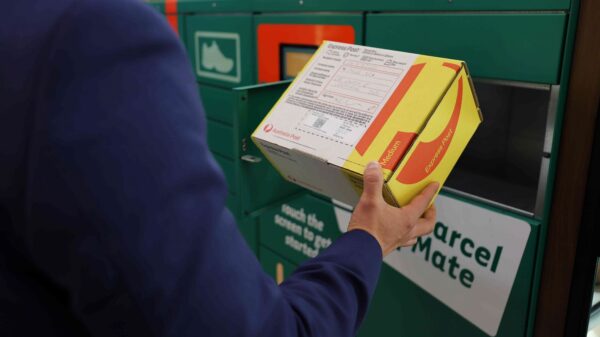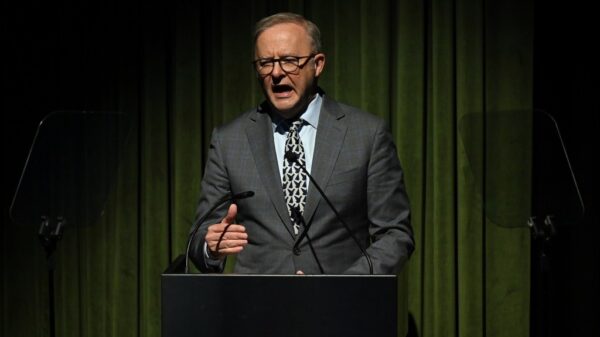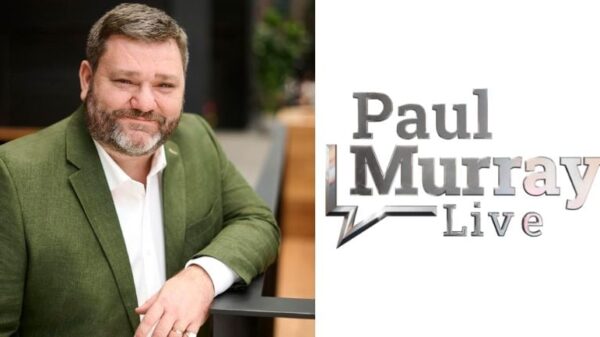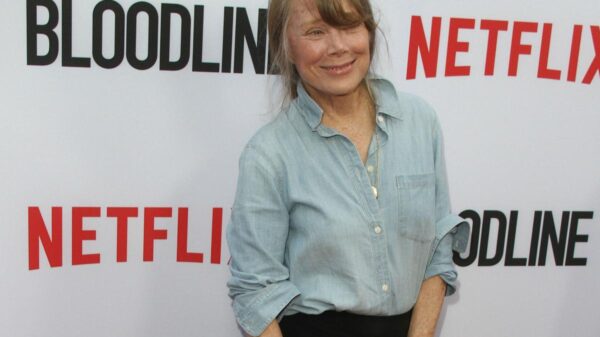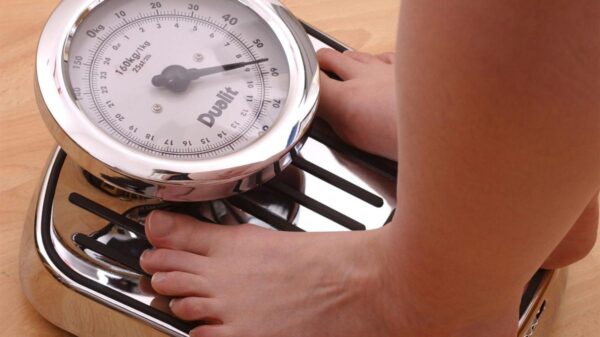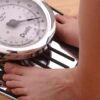UPDATE: Australian household spending has surged, with a significant 0.9 percent increase in May, just as the Reserve Bank of Australia (RBA) gears up for a critical interest rate decision next month. The Australian Bureau of Statistics will release the monthly spending indicator for June on Tuesday, which could further influence the RBA’s strategy amid global tariff tensions.
The potential for another rate cut at the RBA’s August board meeting is intensifying, as economists from the Commonwealth Bank predict a further 1 percent rise in spending for June. This uptick follows a trend linked to easier borrowing conditions since the RBA began lowering rates in February.
The backdrop is concerning, however. Unemployment rates have risen, and inflation has dipped, with the trimmed mean figure dropping from 2.9 percent to 2.7 percent. RBA deputy governor Andrew Hauser described the latest data as “very welcome,” as the central bank seeks evidence of inflation stabilizing within its target band of 2 to 3 percent.
As global trade tensions escalate, new tariffs are expected to take effect later this week, complicating the economic landscape. Despite Australia facing a continued 10 percent tariff on most goods, it is one of the few nations spared from increased rates, a fact AMP chief economist Shane Oliver calls a “relief.” He warns, however, that the looming tariffs on pharmaceuticals—one of Australia’s key exports to the US—could pose significant risks.
The broader implications are evident. Oliver cautions that the surge in US tariffs threatens the global economy, a reality that could become increasingly clear in the coming months. Wall Street is already feeling the effects, with major indices experiencing declines as new tariffs and a disappointing jobs report weigh heavily on investor sentiment.
On Friday, the S&P 500 marked its largest daily percentage drop in over two months, with Amazon shares plunging 8.3 percent after disappointing quarterly results. Australian share futures fell 32 points, or 0.37 percent, indicating potential challenges ahead. The benchmark S&P/ASX200 index dropped 80.8 points, or 0.92 percent, to 8,662.0, while the All Ordinaries index declined 81.9 points, or 0.91 percent, to 8,917.1.
As profit reporting season begins, major companies like News Corp, AMP, and QBE Insurance are set to reveal earnings results, which will further impact market perceptions. All eyes are on the upcoming data; the economic landscape is shifting rapidly, and the implications for consumers and investors alike are profound.
Stay tuned for updates as this story develops.




